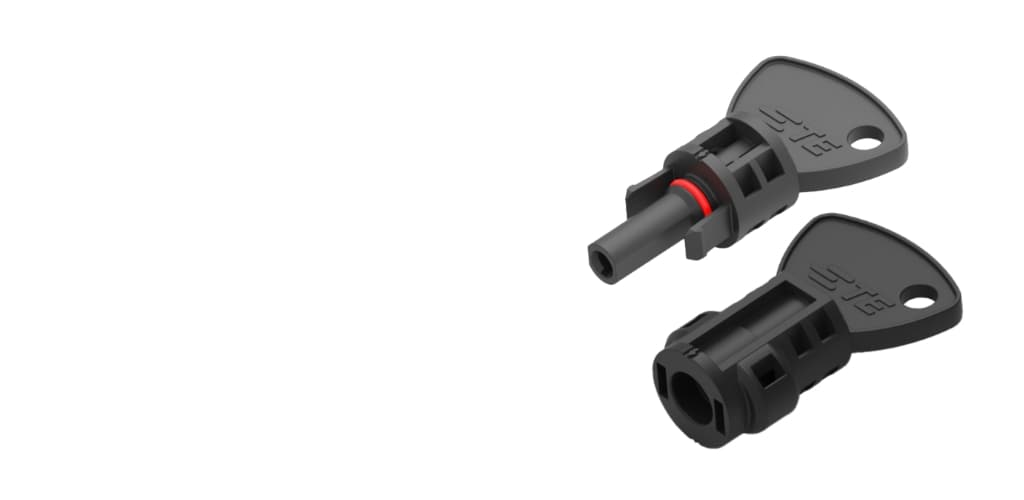-
Login/RegisterHi, GivenNameMy AccountLogin AgainCreate an AccountRegister to enjoy these benefits!
- Order Samples (with Business email address)
- Track Your Orders
- Save Product List
- Access Additional Resources
- Get Tech Updates
Welcome!- Online Order Status
- Track Order History
- Samples Order History
- Check Order Status
- Request Secure Access
- My Parts List
- Recently Purchased
- Bulk Order Purchasing
Manage AccountLogin to access your orders, address book, product lists, and more.
- Products
- Industries
- Tools & Resources
- Shop TE Store
- Services & Trainings
- About TE
- Sustainability
- Cart (0)
- Login/Register
-
- We are here to help!
- Get in touch with our product experts.
- Chat
- Email us
- Products
- Industries
- Tools & Resources
- Shop TE Store
- Services & Trainings
- About TE
- Sustainability
- Cart (0)
- Hi, GivenName (Log out)
- Dashboard
- Your Account
- Recently Purchased
-
- We are here to help!
- Get in touch with our product experts.
- Chat
- Email us
This product is not currently available. For more information, including distributor inventory, please contact us.
The product information below may not be complete. If you need documentation, similar, compatible or replacement products, please contact us.
-
Overview
This product is not currently available. For more information, including distributor inventory, please contact us.
The product information below may not be complete. If you need documentation, similar, compatible or replacement products, please contact us.
DC Connector Protection Caps

Available from

Build and price the product now
Designed to provide safe working conditions for installers while protecting PV connectors

Our Solarlok DC Connector Protection Caps are designed to protect disconnected PV connectors from being exposed to environment post-installation and prior to energizing. These connectors are both easy to install and delatch with the appropriate delatch tool (1971903-1).
In most cases, during harness or PV cable installation, connectors are left detached prior to energizing which can cause them to be contaminated from external elements (i.e. moisture, dust). Our design can help reduce installer exposure to undesired interfaces such as live-wires until the harness or PV cable with connectors are ready to be connected.
Key Features
- Protect wire harness O-ring from premature degradation
- Protect the PV connectors’ interface from harsh environment
- Provide reliable plug and play PV connector interface protection
- Facilitate labeling for the circuit identification with hole punched pull tabs
- Connect mechanically with any connectors using the SSI Standard Solar Interface
Applications
Learn More
-
Reliable Solar Connections that Last
SOLARLOK PV Connectors
Question: What are TE Connectivity (TE)´s SOLARLOK DC connector protection caps used for?
Answer: They are plugs that protect PV connectors during installation, helping prevent dust, moisture, and accidental contact before the system is energized.
Question: Why should I use SOLARLOK DC connector protection caps instead of leaving connectors exposed?
Answer: When unconnected or exposed to the environment, PV connectors and terminals can degrade, compromising their integrity. Without protective caps, these become entry points for dust, moisture, and UV degradation. This compromises internal seals and conductivity, creating hotspots or arcing points later.
TE´s SOLARLOK DC connector protection caps help extend connector life, reduce installer risk, and support faster, safer commissioning compared to unprotected connectors.
Question: Are SOLARLOK DC connector protection caps compatible with other brands?
Answer: Yes, they are designed to mate with the Standard Solar Interface (SSI) -standard PV connectors, including many used by major solar panel manufacturers.
Question: How do I remove the DC Connectors protection caps?
Answer: For TE´s connectors, you can use TE’s standard release tools, like a cable coupler. For non-TE connectors, follow the tool guidance of that
manufacturer.
Question: Do they impact the long-term performance of the PV system?
Answer: No, SOLARLOK DC connector protection caps have no impact on the long-term performance of the PV system. Their primary purpose is to help reduce installation-phase failures.
Question: Are they weather-resistant?
Answer: Yes, they provide full sealing (IP68) and UV resistance, so connectors remain protected even if exposed for days or weeks on site.
Question: Who benefits most from using TE´s SOLARLOK DC connector protection caps?
Answer: Solar installers, EPCs, and O&M teams looking to minimize rework, warranty claims, and safety risks during installation.
Question: How do SOLARLOK DC connector protection caps compare to alternatives?
Answer: SOLARLOK DC connector protection caps lock in place, protect O-rings, and allow labeling for better circuit management.
Please review product documents or contact us for the latest agency approval information.
Detailed product features are not currently available online.
Datasheets & Catalog Pages
- SOLARLOK SAFE LOCKS pdf English
Are you sure you want to close chat?

To begin your chat with TE please enter your details